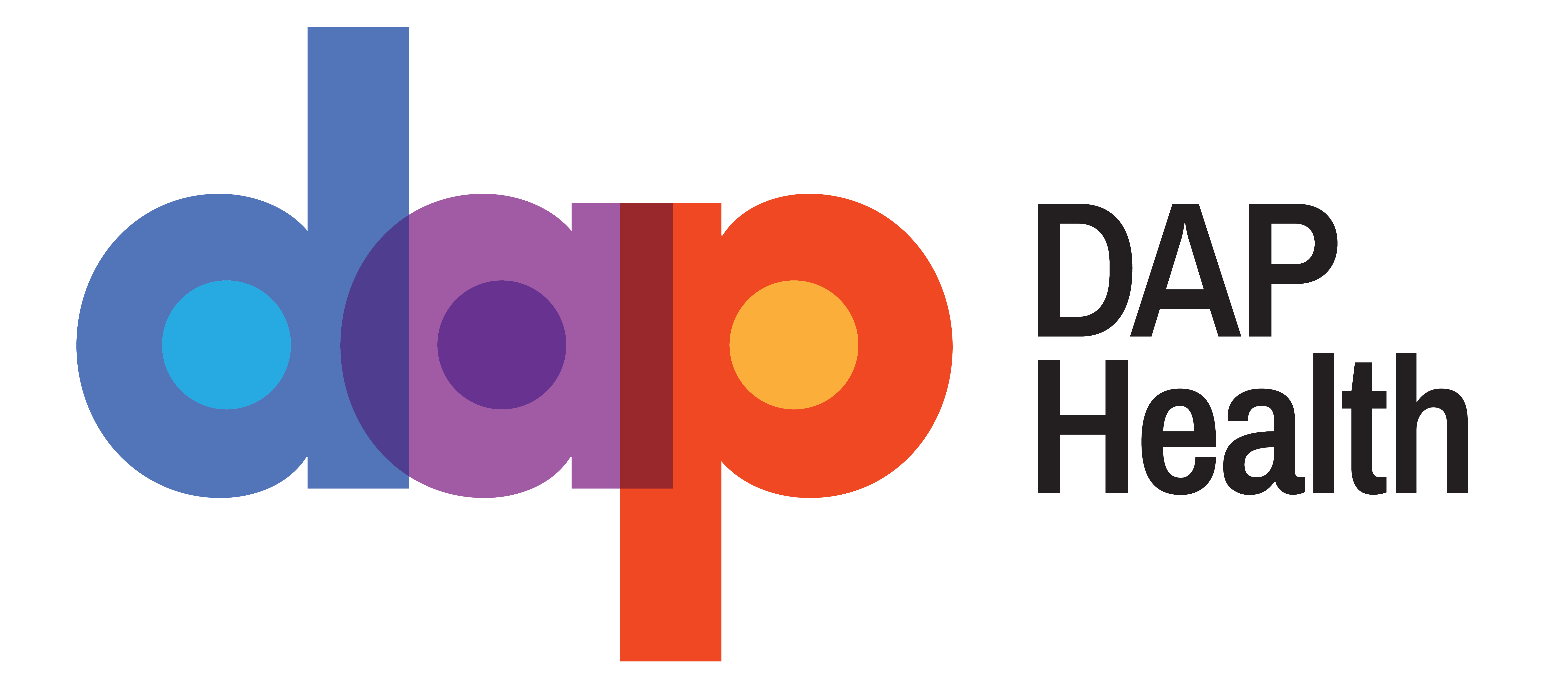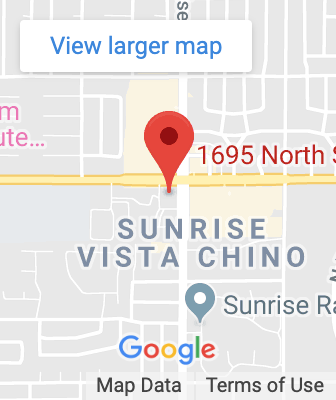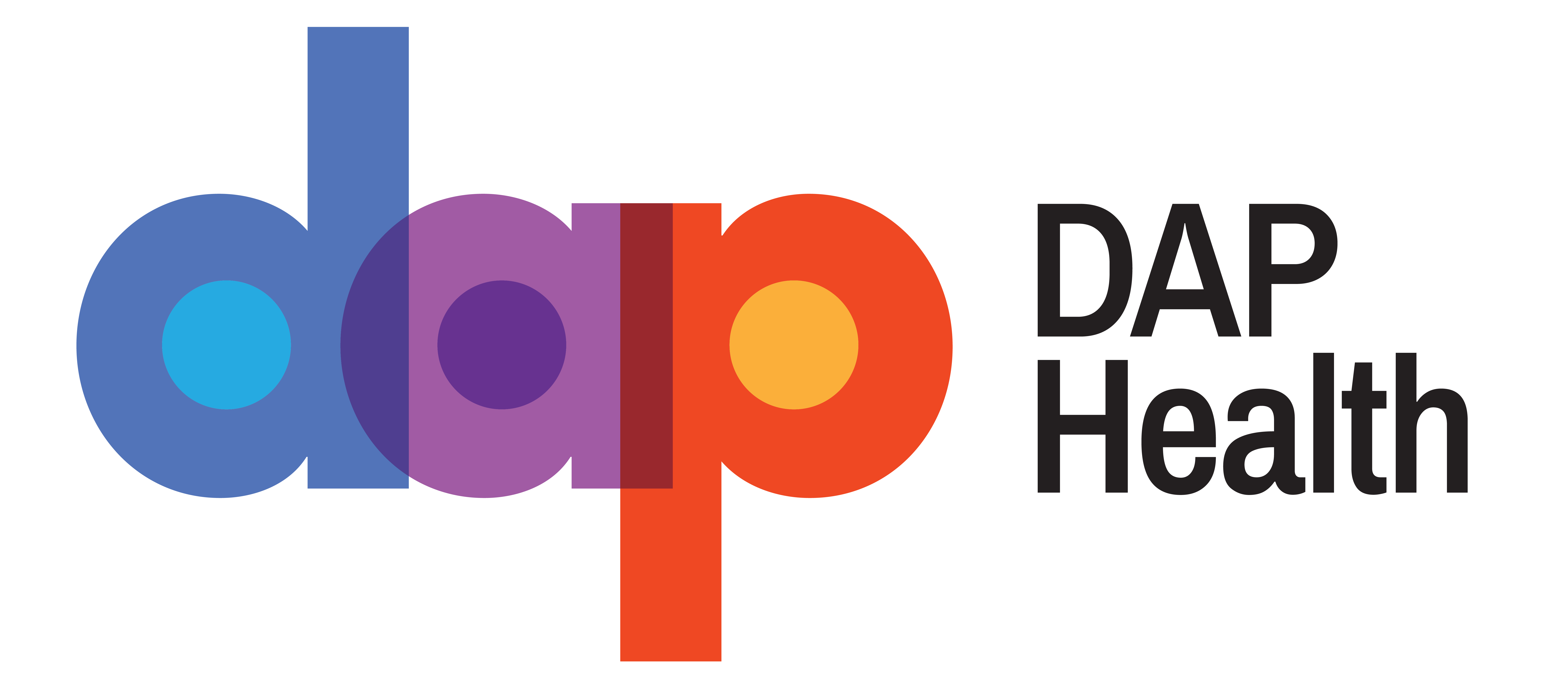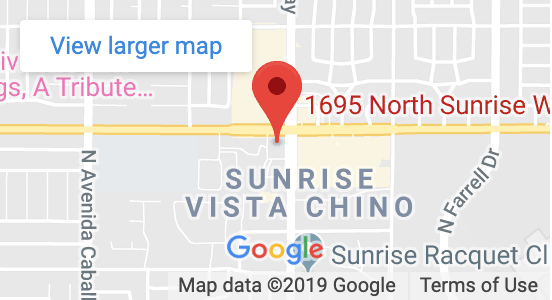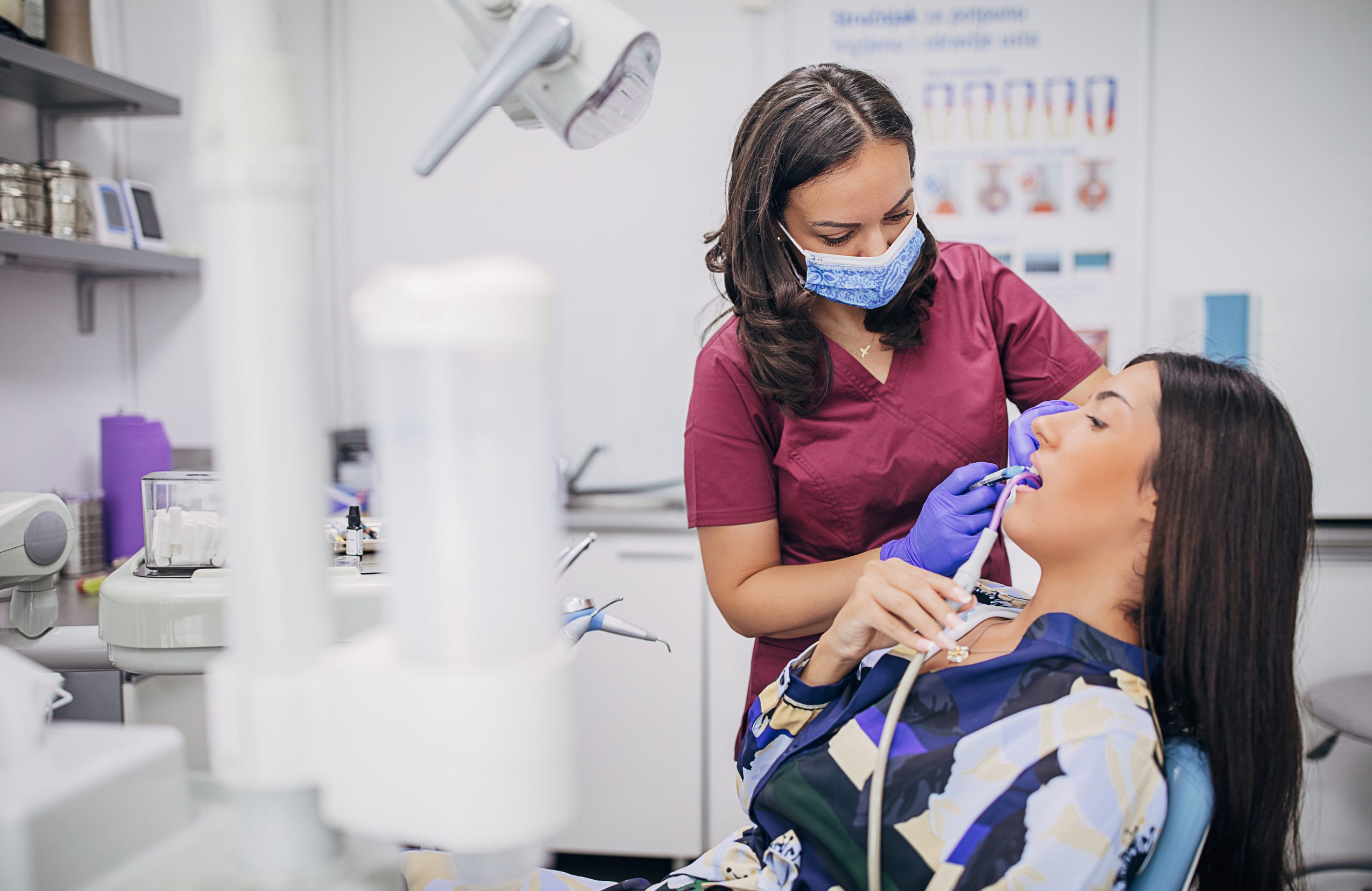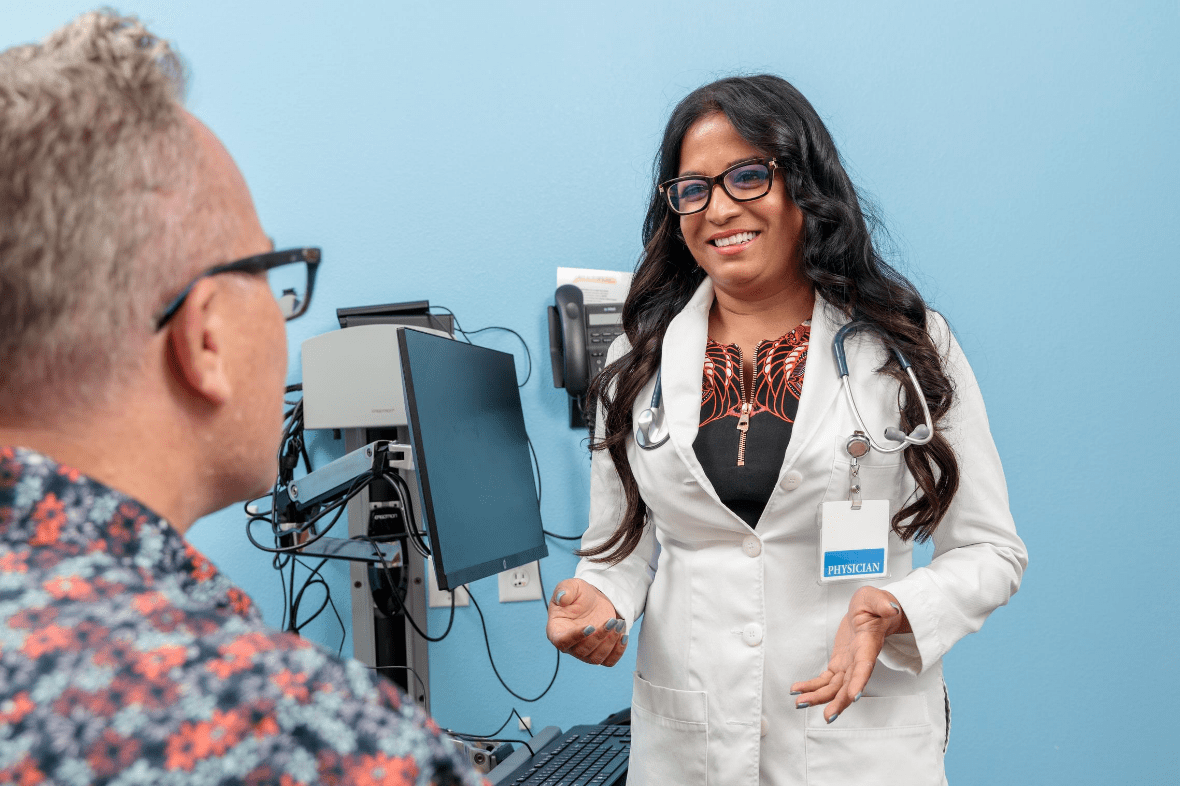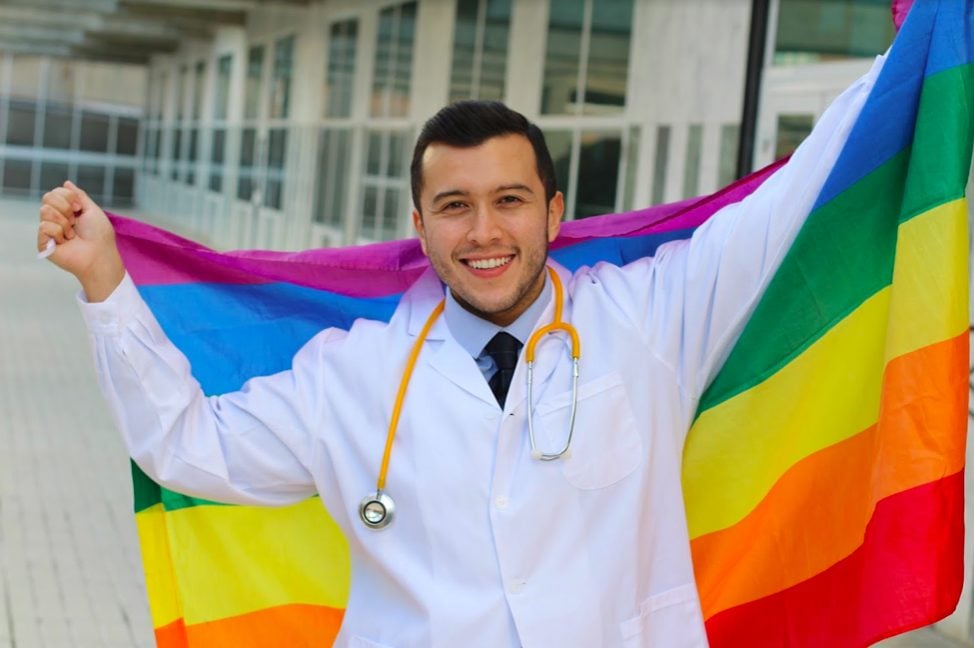We are dedicated to helping you live your best life by offering expert care.
- Health Services
-
- Sexual Wellness Services
- Support Our Mission
-
-
-
DAP Health continues our mission to advocate for healthcare for all citizens.
-
-

Since the inception of DAP Health, volunteers have been the lifeblood of many of our programs, services, events, and especially, our Revivals Stores. Join the fun by being of service at DAP!
-
-
-
- About DAP
-
-
-
DAP Health Sunrise Campus
1695 N. Sunrise Way,
Palm Springs, CA 92262
(760) 323-2118
Hours: 8AM – 5PM,
Monday – Friday
To reach our after-hours answering service, please call (760) 323-2118 and press 1.
-
-
-
- Health Services
-
- Sexual Wellness Services
- Support Our Mission
-
-
DAP Health continues our mission to advocate for healthcare for all citizens.
-

Since the inception of DAP Health, volunteers have been the lifeblood of many of our programs, services, events, and especially, our Revivals Stores. Join the fun by being of service at DAP!
-
-
-
- About DAP
-
-
DAP Health Sunrise Campus
1695 N. Sunrise Way,
Palm Springs, CA 92262
(760) 323-2118
Hours: 8AM – 5PM,
Monday – Friday
To reach our after-hours answering service, please call (760) 323-2118 and press 1.
-
-
Call: (760) 323-2118
8am to 5pm Mon - Fri
Call: (760) 323-2118
8am to 5pm, Monday - Friday
- Health Services
DAP Primary Care

We are dedicated to helping you live your best life by offering expert care.
- Health Services
- Current Client Resources
- Sexual Wellness Services
- Support Our Mission
Make a Donation

Desert AIDS Project continues our mission to advocated for healthcare for all citizens, especially those facing HIV and AIDS.
- Support Our Mission
- Become a Volunteer

Since the inception of Desert AIDS Project, volunteers have been the lifeblood of many of our programs, services, events, and especially, our Revivals Stores. Join the fun by being of service at DAP!
- About DAP
Location & Hours

1695 N. Sunrise Way,
Palm Springs, CA 92262
(760) 323-2118
D.A.P. Hours: 8AM – 5PM,
Monday – Friday
To reach our after-hours answering service, please call (760) 323-2118 and press 1.
- Get Directions
- Our Team
- About DAP
- Frequently Asked Questions
- Health Services
